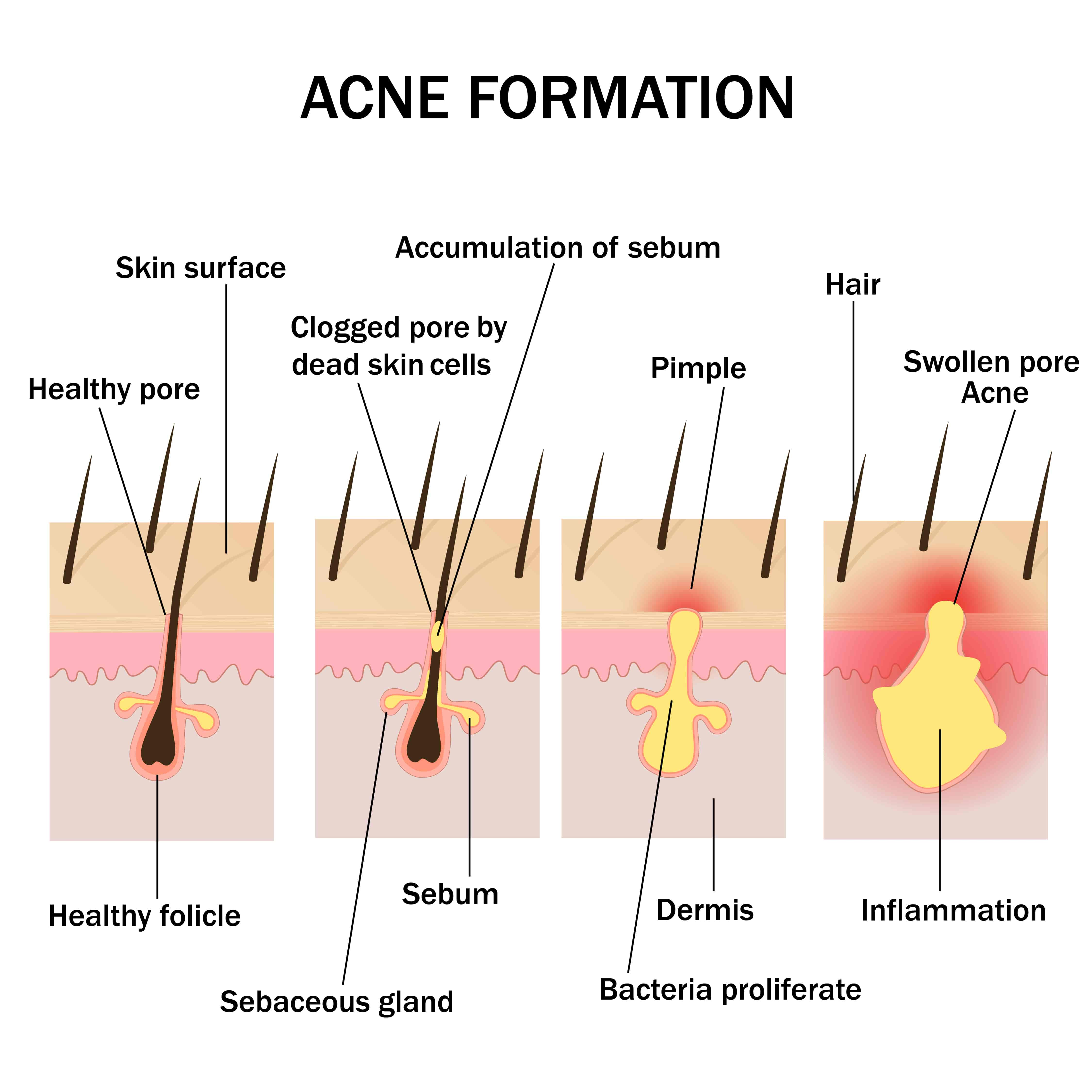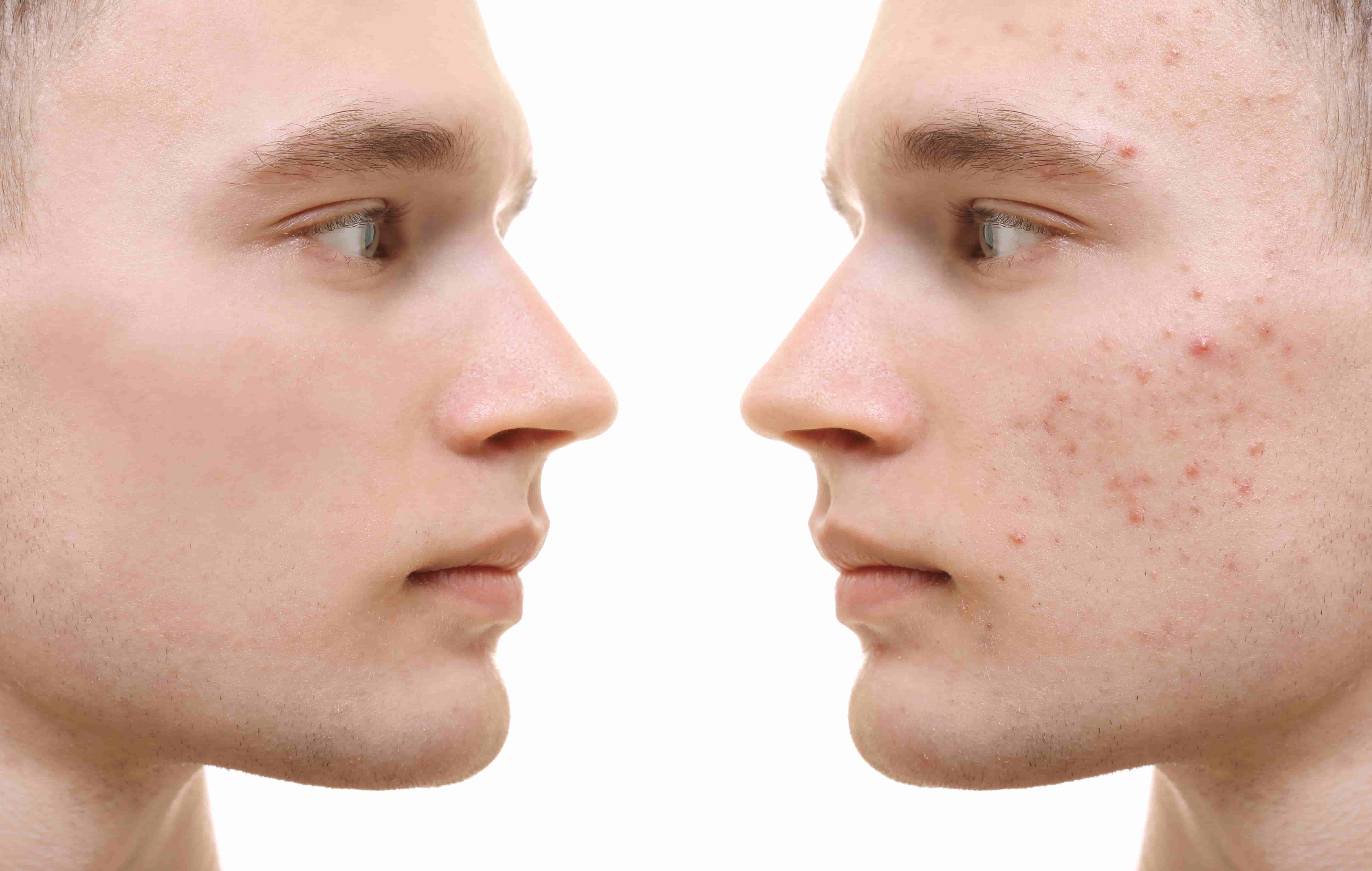Got Acne? Learn How an Infrared Sauna Can Help Maintain Your Skin
The first thing that comes to mind when people think about skin is complexion. You wonder if it’s oily or dry, if it blushes easily or flakes. From a medical point of view, the skin is much more than what we see. It regulates the temperature of the body, produces vitamin D and receives sensations from the environment. Most importantly, it is the barrier between our internal organs and external damaging factors.
All these properties, as well as our overall health, make the skin susceptible to certain conditions, like acne. Besides eczema and psoriasis, this is the most common skin problem that people seek help for from dermatologists. While you should always see your doctor for acne, there’s something else that may help you reduce them — infrared saunas.
What Is Acne?
It is often believed that acne appears only in adolescents, but that is not the case. This skin condition can affect people of all ages and genders. It happens when oil, dirt, dead skin cells and bacteria clog hair follicles and sebaceous glands. Besides the environmental factors, acne can also appear because of the hormonal changes in puberty, pregnancy and during the menstrual cycle. [1]

In the US, acne affects 80% of the population, making it one of the most common skin diseases.Some of the treatments include creams and lotions prescribed by a dermatologist. Sometimes, a person needs to take antibiotic therapy if the acne is severe. Pimples and bumps are especially persistent and heal slowly, something that is unnerving for most people who suffer from this skin condition.
Infrared Light And Acne
A photothermal approach to treating acne may be just the way to get this problem under control. A study has shown that mid-infrared light can reduce acne lesions by heating the sebaceous glands [2]. These glands produce sebum, an oily substance that prevents the skin from getting dry. Under the influence of hormones like testosterone, sebaceous glands produce more sebum, making the skin and hair oily and thus attracting more impurities.Infrared light decreases the size of the glands and, consequently, causes the production of less sebum [3].
Infrared saunas and acne
Infrared light is already used for skin rejuvenation, fine lines and to increase collagen deposits [ 4]. Also, infrared light can stimulate healing and reduce inflammation, which may reduce acne scars and prevent the spread of additional acne [5]. One session in an infrared sauna can elevate your heart rate and improve your blood flow. This means that your skin can receive more nutrients, which will make it more radiant and able to fight free radicals, which cause acne.
When you use an infrared sauna, you are exposed to low infrared light that heats you from the inside and raises your body temperature.The result is sweating, which clears the pores form accumulated impurities and opens them up. After spending time in an infrared sauna, you should shower, preferably with colder water, to close the pores again. This type of cleansing process can help you have clear skin or at least possibly have your acne problem under control.
The Psychological Effect Of Infrared Sauna
Installing an infrared sauna in your home will also bring psychological benefits from treating your acne. People who suffer from acne often have low self-esteem, socially isolate themselves and are not satisfied with their appearance. This leads to the psychological burden of depression, anxiety and anger, which can greatly affect the quality of life, especially of younger individuals.

Besides the possibility of helping you have clear skin, infrared saunas can also lower your stress levels. While stress may not cause acne, it can worsen the condition by creating a hormonal imbalance [ 6]. Because of this, infrared saunas may play a valuable role in acne prevention and help to reduce their severity at the very least. Made from red cedar,such as JNH Lifestyles’ Freedom Collection or Canadian Hemlock like the Ensi Collection, these infrared saunas offer a natural and relaxing environment that can immediately calm you down.
Final thoughts
Infrared saunas are gaining more and more attention for their health benefits. Even though you will have to take treatment for acne, you can use a personal sauna to improve your hygiene and prevent new outbreaks. And with its stress-relieving properties, you will have your own personal spa right in your home.

References:
[1] Keri,Jonette E, MD, Ph.D. (2018). “Acne Vulgaris.”merckmanuals.com, MERCK MANUALProfessional Version, December 2018, https://www.merckmanuals.com/professional/dermatologic-disorders/acne-and-related-disorders/acne-vulgaris.
[2] Paithankar DY, Ross EV, et al. (2002). “Acne Treatment With A 1,450 Nm Wavelength Laser And Cryogen Spray Cooling.” ncbi.nlm.nih.gov, National Center for Biotechnology Information, 2002, https://www.ncbi.nlm.nih.gov/pubmed/12210594.
[3]Pei, Susan, Inamadar, Arun C, et al. (2015). “Light-Based Therapies In Acne Treatment.” ncbi.nlm.nih.gov, National Center for Biotechnology Information, May 2015, https://www.ncbi.nlm.nih.gov/pmc/articles/PMC4439741/#ref64.
[4]Wunsch, A,Matuschka K. (2014)“A Controlled Trial To Determine The Efficacy Of Red And Near-Infrared Light Treatment In Patient Satisfaction, Reduction Of Fine Lines, Wrinkles, Skin Roughness, And Intradermal Collagen Density Increase.” ncbi.nlm.nih.gov, National Center for Biotechnology Information, February 2014, https://www.ncbi.nlm.nih.gov/pmc/articles/PMC3926176/.
[5]Hamblin, Michael R. (2017). “Mechanisms And Applications Of The Anti-Inflammatory Effects Of Photobiomodulation.” aimspress.com, AIMS Biophysics, May 2017, https://www.researchgate.net/publication/317346378_Mechanisms_and_applications_of_the_anti-inflammatory_effects_of_photobiomodulation.
[6] Chiu A, Chon SY, et al. (2003). “The Response Of Skin Disease To Stress: Changes In The Severity Of Acne Vulgaris As Affected By Examination Stress.” ncbi.nlm.nih.gov, National Center for Biotechnology Information, July 2003, https://www.ncbi.nlm.nih.gov/pubmed/12873885.

